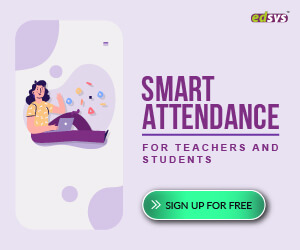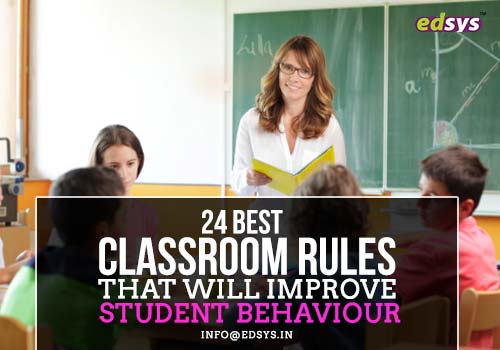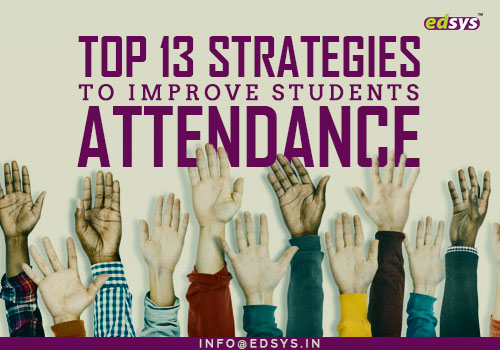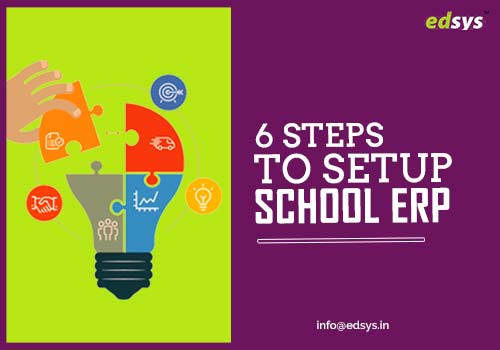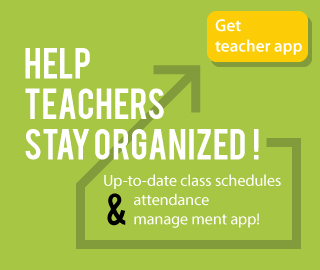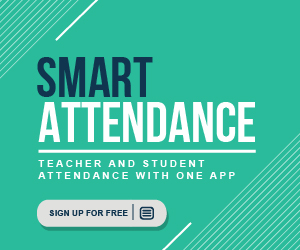Classroom is the place where students spend at least half of their day and that is why keeping it clean is really important.
Whether it is classroom or your home, maintaining cleanliness cannot be done single-handed but a joint effort can make the difference.
Free Classroom Activity Apps (Check it NOW)
So instead of just leaving the job to the cleaning staff alone, it is always a good option to involve students also in the plan to keep the classroom tidy.
Instead of just sharing the role among kids alone, it is recommended for teachers to set an example by leading from the front.
When it comes to classroom cleanliness, it is not always about cleaning the mess but it is also about keeping the class clean in the first place itself.
Here we are sharing a few among the best classroom cleaning hacks that are expected to really work in the run.
1. Manage Traces of Permanent Markers
It is always good to use dry erase markers to lift away the traces of permanent markers. It is simple as you just need to use the dry erase marker to trace the area and let it sit for a few minutes. Later you can simply wipe it away to get the clean board back.
Similarly, use a paper towel with rubbing alcohol to remove old dry-erase marker traces.
2. Manage Stinky Trash Cans
It is important to keep trash cans in every corner of a classroom Or else students will start littering the waste all over the classroom.
Teachers should also insist on them to put the waste on these trash cans only.
School authorities need to make sure that it is replaced with a new one or thoroughly cleaned at the end of the day.
However, it will be stinky from at least midday and so keeping cotton with a few drops of lemon essential oil at the bottom can help.
3. Manage Math Manipulatives
At the time of cleaning, it is not a surprise to miss out items like math manipulatives.
As every student in the class touches these objects, it is easy to spread germs.
However, cleaning all these small items one by one through normal cleaning can be a challenge.
One of the best available options is to toss them in mesh laundry bags and run through the dishwasher.
4. Use Hand Sanitizers
Keeping the tiny hands of students clean is really important to avoid spreading of germs.
Washing hands before and after lunch and after using toilets should be always advised. Still keeping hand sanitizers in the classroom will always be handy.
Encourage them to use it throughout the day to keep themselves healthy.
It is easy that germs in hands spread through the passing of books or stationeries, and so keeping it clean can do the trick to a great extent.
5. Replace Soft Comforts with Beanbag Chairs
It is common to use carpets and couches in the classroom. However, these soft comforts can be a large room for germs. So it is always recommended to use options that are easier to clean often.
That is why experts recommend replacing soft comforts with options like bean bag chairs.
6. Eliminate tap residue
Whether it is inspirational posters or anchor charts, it is quite common to see many such items in classroom walls.
However, the tap residues are a big concern at times of class cleaning. However, using a hair dryer can be a tricky solution to solve this problem to a great extent.
7. Importance of Cleaning Shared Objects
There are many objects that are used in common in the classroom. When it comes to cleaning, ensure that all these objects are properly cleaned to avoid spreading of germs.
This mainly includes writing utensils, keyboards and chairs. It is good to use sticky notes to clean between keyboards and toothbrushes to clean common earplugs used in the classroom.
8. Take Care of Glitter Spills
It is not a surprise to see glitter spills in the classroom that come as part of gifts, presentation charts or celebrations.
But cleaning it back is a tricky job.
Heavy duty masking tape or lint rollers can be used to handle the glitter spills to an extent.
Or try using a damp paper towel to sweep it off clean. It is always good to invest in some glitter glue pens in whichever cases possible.
9. Keep a Cleaning Cabinet in Classroom
Just like a cabinet to keep books, it is good to keep a cabinet in the classroom to store the cleaning supplies.
This will help students and teachers to keep the class clean as resources are handy.
Stock up with necessary cleaning agents and organize it properly so that cleaning is not interrupted.
9. Assign Classroom Jobs
We have seen classroom charts that assess the student marks, attendance, code of conduct, etc. Similarly, assign some classroom jobs also to them which counts in their overall classroom grade.
This can include changing the calendar, updating the time table, and daily date, writing a daily message on board and finally cleaning the class.
Give a plus mark if his place is clean and a minus mark if his place is dirty. It is good to rotate jobs among students every week or so when it comes to cleaning common areas.
11. Maintain Daily Clean Up
Teachers and students should make sure that they spent at least some 10 to 15 minutes at the end of the day to do a daily clean up.
Make sure that all trash and debris are picked up, and see that all classroom materials are tidy and kept at places where they belong.
The chairs have to be stacked properly and student desktops can be wiped with disinfectant wipes. Similarly black and whiteboards need to be wiped out along with ledges.
12. Educate Kids to avoid Littering Classrooms
It is important to talk with the students on tips to avoid littering classrooms.
Advise them not to throw away any waste papers, toffee covers or pencil sharpens in the classroom.
Ask them to use towels and proper spoons while eating food so that they don’t drop it in class.
Similarly, the students should see that their water bottles are not leaking. Also if they see any such dirt in the classroom, it is advised to report to cleaning staff so that they can clean it up instantly.
13. Assign Cleanup Monitors
Of course, it is a group effort to do classroom cleaning easily. But assigning clean up monitors to guide these tasks can improve the overall productivity.
And give them the responsibility to make sure that everyone is doing their part well and no item in the cleaning checklist is missed.
It is also good to rotate the roles among students so that everyone feels the responsibility.
14. Discuss Healthy behavior
Have timely discussions with students regarding maintaining healthy behavior.
This includes keeping the immune system strong, staying hydrated and getting enough sleep every day.
Encourage parents to keep sick children at home to help them recover fast and avoid spreading of diseases.
In the same case, teachers have to ensure that they are updated with the missed lessons so that they don’t fall behind the curriculum.
15. De-clutter and Organize Every Week
Removing the clutter and organizing the classroom every week can make the job easy.
Of course, a daily clean up is required but a weekly clean up can include areas that are not always included in a daily clean up.
This can include taking away any broken items like a clock, unwanted or outdated paper documents or assignments, and even small items like broken crayons or pencils from desks.
16. Keep a Classroom Cleaning Checklist
Having a check on this list can help teachers to ensure that the classroom is clean on all standards.
This can mainly include emptying trash holders regularly, dusting cabinets and bookshelves, disinfecting desks and shared surfaces, vacuuming carpeted floors, wiping down common touch points like doorknobs and drying sinks and so on.
17. In-Depth Cleaning during the End & Beginning of School Year
There are many areas that are not included in the daily and weekly cleanups that need some serious efforts.
School authorities have to make sure that they arrange an in-depth cleaning during the end and beginning of the school year.
This includes doing a good surface clean, organizing supplies and making the class presentable. These are just a few among the many tips and tricks you can try in your classroom to keep it clean and tidy.
These are just a few among the many tips and tricks you can try in your classroom to keep it clean and tidy.
However, teachers and school authorities have to look deep into the exact reasons why your class is not clean and work towards those particular areas too.
Most of the times, it is the careless student or teacher behavior or the unstructured cleaning resources of the school authorities that lead to classroom mess.
So a joint effort from all these people to work as a team is recommended to make a difference in the classroom cleanliness.
Know More: Top 13 Strategies to improve student attendance
Also, as we know cleanliness should start at home. So parents should take a vital role in bringing up the kids as responsible citizens who would voluntarily give their part in keeping the society clean.

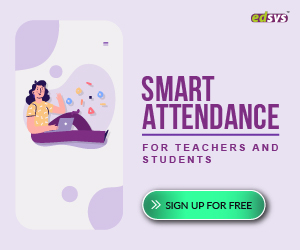
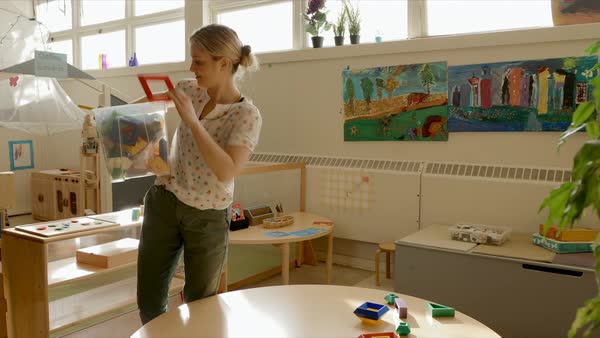
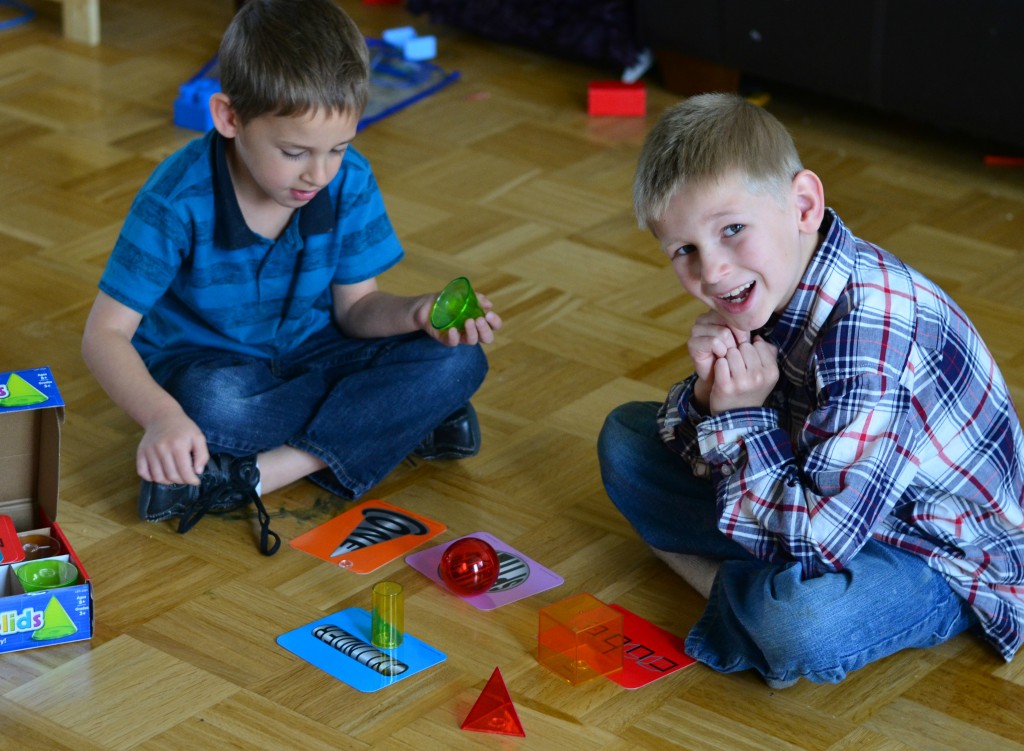
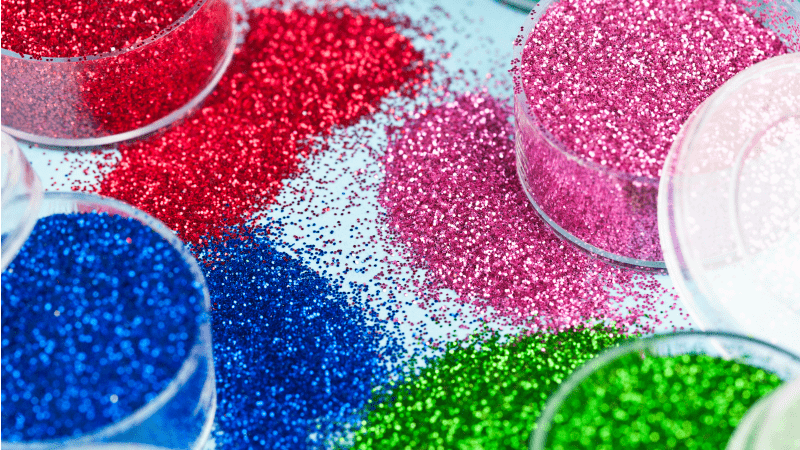
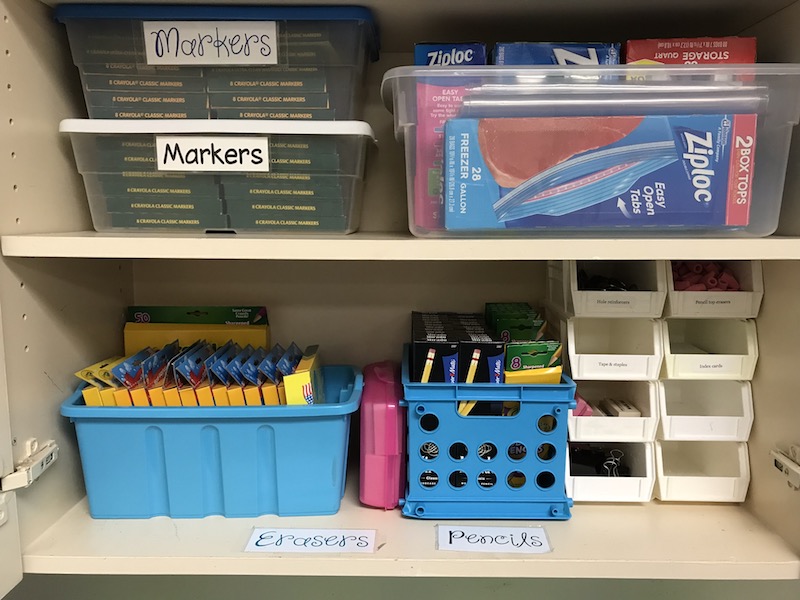
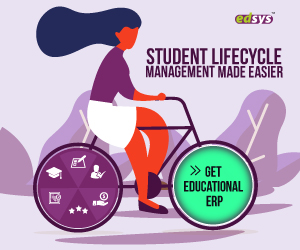
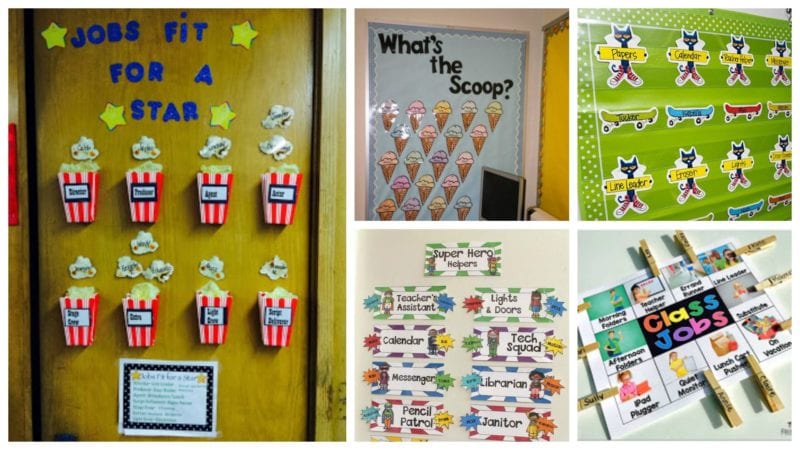
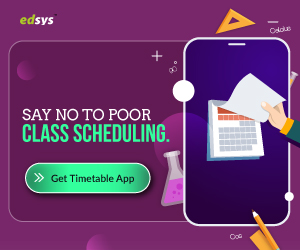


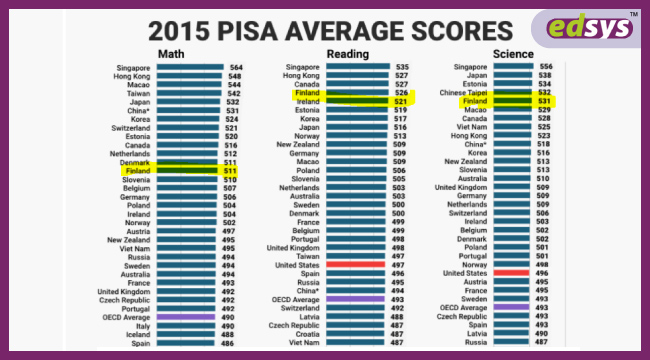





















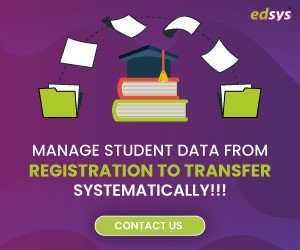



![30 Back to School Memes for Teachers [Funny First Day]](https://wp.edsys.in/wp-content/uploads/2019/05/07-03-2019_30-Back-to-School-Memes-for-Teachers-That-Will-Have-You-Saying-Same.jpg)






























